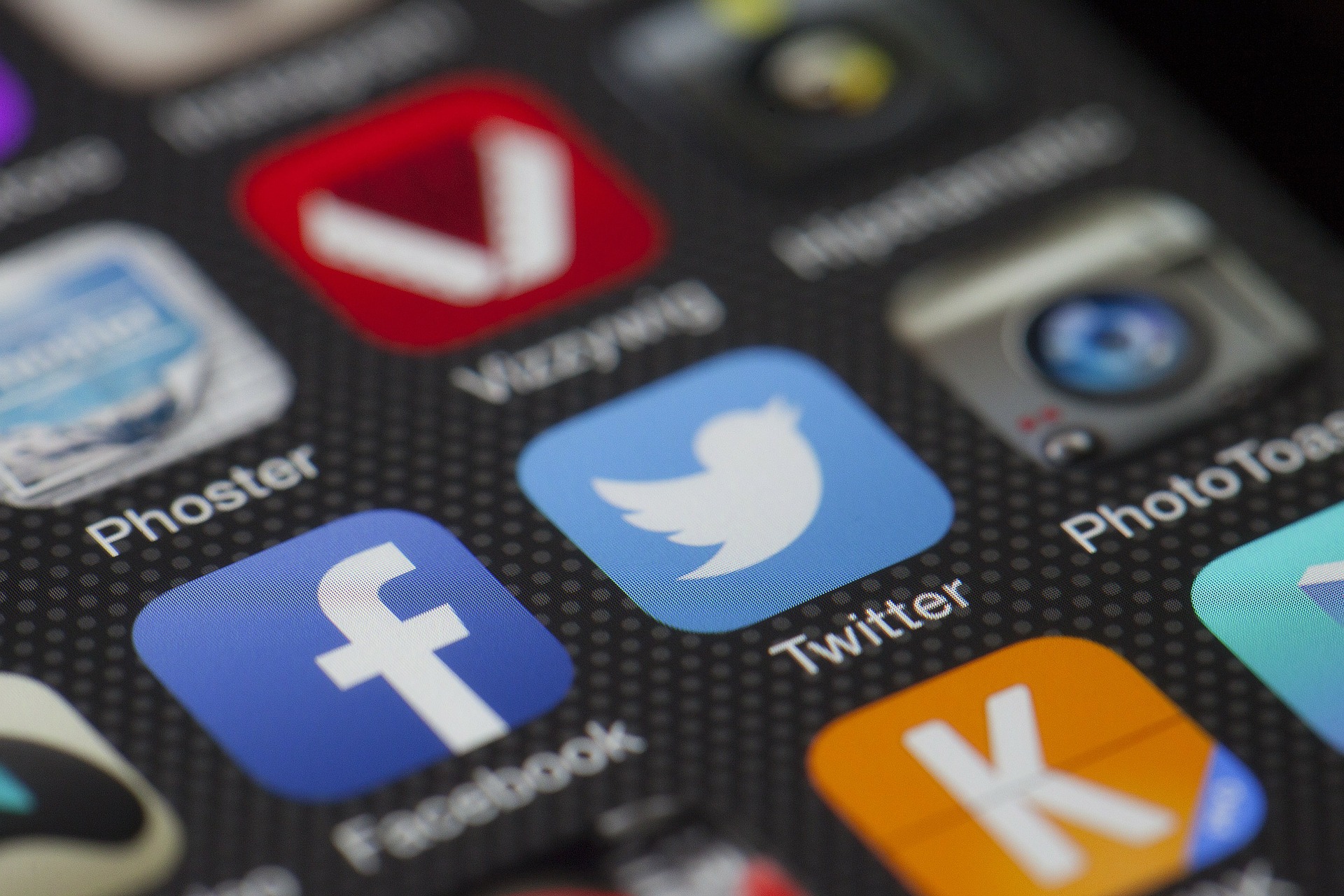
With ubiquity of online socializing, snapping, and sharing among family, friends, public figures, and politicians, social media is here to stay. Now, more than ever, people publicly share their experiences in just one click, and that ease of sharing extends to employee separations. For employers, maintaining their narrative and professional reputation becomes increasingly important as popular online forums and websites dedicate space for employees to share their own termination experiences. Here we share issues you may encounter, along with actions you can take to protect your organization from meritless unemployment payouts.
Social Media Documentation To Show that a Person Returned to Work
You may learn on social media that a former employee returned to work but is also collecting unemployment benefits. The first thing you might think is that the person is unfairly “double dipping” in pay, but there are instances in which the payout may be warranted, such as when someone is underemployed and hasn’t found full time work. That person may fall within the wage threshold for collecting “partial benefits” if their wages are lower than their weekly unemployment benefit.
However, it’s also possible that the employee didn’t notify the state about their return to full time work and therefore should have ceased collecting unemployment. If you see something on social media that might impact an unemployment claim, gather the information (e.g. screenshots of social media posts, tweets, texts), and send it to your unemployment claims consultant. For example, a LinkedIn profile screenshot could support showing that someone has been generating wages at a new job. Your claims consultant can then provide this information to the state and request that an investigation into this person’s claim for benefits be conducted.
For a list of your claims consultant by state click here or call us at (800) 442-4867.
Social Media Discharges
Use of social media as a reason for discharge may or may not disqualify a claimant from unemployment benefits. State unemployment agencies require that, to be disqualified from benefits, a discharged claimant must have been aware that his/her actions could result in discharge. A clear and unambiguous policy which sets your expectations regarding the use of social media, both on and off the job, provides employees the notice required. If you have instituted a social media policy, consult with your counsel to make sure it complies with applicable laws.
Example 1: Conflicting reason for departure (voluntary resignation)
In Pennsylvania’s Gumpher v. Unemployment Compensation Board of Review, a painter separated from a metal company and then filed for unemployment benefits. By his account, it was a forced resignation as the employer insisted on evening shifts and the claimant had to stay home at night to care for his children. However, a Facebook post suggested that he left voluntarily,
“Time for a change, Work decided to have 2nd Shift, (Picked for that) don’t like, so chose not to… it’s choice you can make when retired. There are other jobs. Time to relax for a while [sic].”
After further review of the facts, and supported by the Facebook post, the referee ultimately found a voluntary termination and therefore under the state’s regulations, the claimant was denied unemployment benefits. Read the Gumpher v. Unemployment Compensation Board opinion here.
Example 2: Was there willful misconduct (violation of a known policy)
In another Pennsylvania case, an employee was terminated in light of a personal Twitter tweet posted with language that the employer deemed racially-charged, regarding the presidential election. The employer pointed to its social media policy, which cited use of insensitive language by employees “who identify themselves with” the employer as grounds for termination.
The social media policy was the linchpin for determining whether benefits could be collected. According to the Court, because the personal tweet did not mention the employer, the claimant did not “identify herself” with the employer, and therefore did not constitute misconduct. Thus, the claimant was entitled to benefits. Waverly Heights v. Unemployment Compensation Board of Review can be read here.
Each state’s laws vary, but generally speaking the burden remains on employers to show whether an employee was discharged through some fault of their own. With social media being a fairly new subject area, we’ll continue to encounter unemployment benefit questions and clarification arising from internet use. Until then, prepare yourself with documentation, contact us for an opinion, and err on the side of caution as we work together toward lowering your unemployment costs.
For additional guidance, contact HR Services to discuss any of your Human Resource questions or issues.
For other questions about the above information or about your 501(c) Agencies Trust Membership, please contact us.
Part of the information above was provided by our friends at Equifax Workforce Solutions. It is intended as general guidance and is not intended to convey specific tax or legal advice. For a legal opinion, please consult your lawyer.



